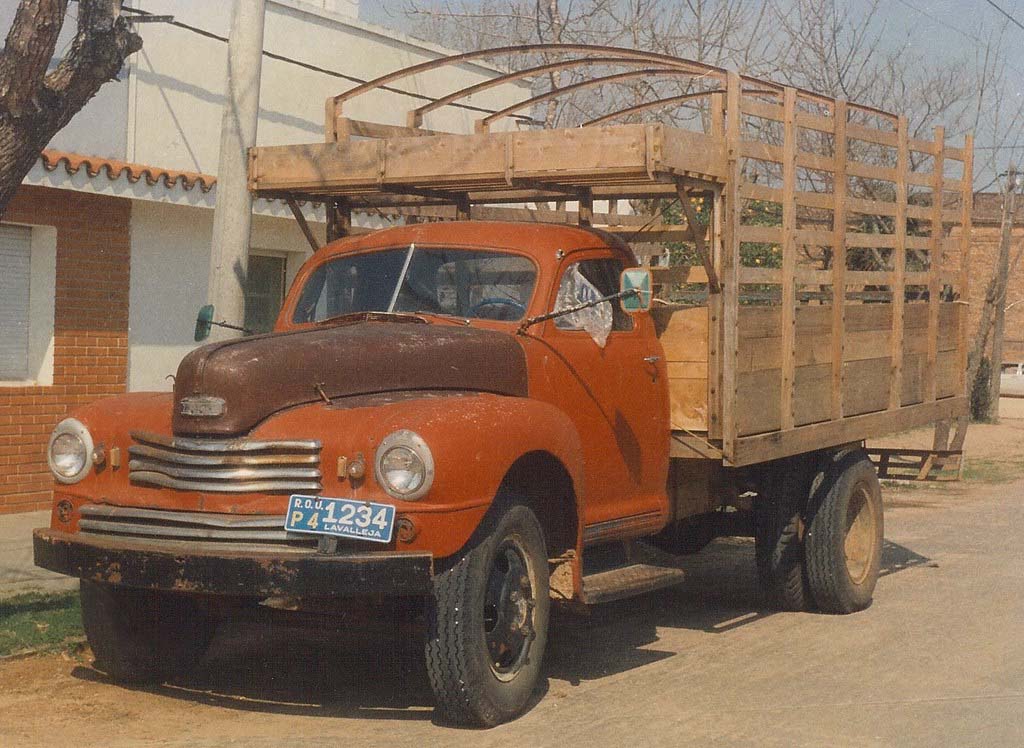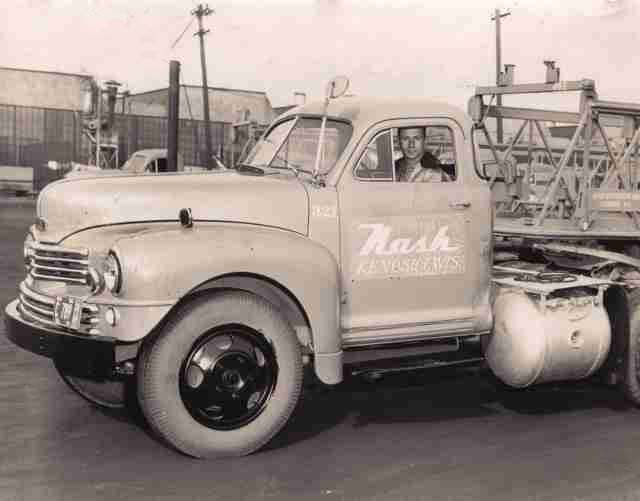
You Couldn’t Buy Nash’s Pickup Trucks
After car production started following WWII Nash Motor Company resumed building both cars and trucks, but the general public couldn’t buy these trucks. Nash only built a few hundred a year between 1947 and 1955 for use exclusively at dealers as tow trucks, or for corporate use at Nash assembly plants.
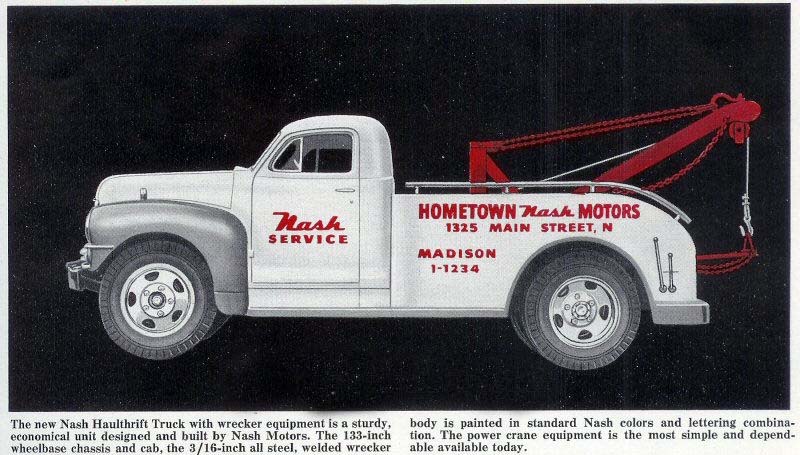
During the first World War Nash built more trucks for the US military than any other manufacturer. But after the war, it subbed truck assembly to Graham-Paige as it was running out of production capacity because it was concentrating on automobile production. Slowly truck production and development went by the wayside.
Nash became a major manufacturer of automobiles, eventually becoming American Motors after acquiring Hudson Motor Car Company in 1954.
Nash “Haul Thrift” Trucks
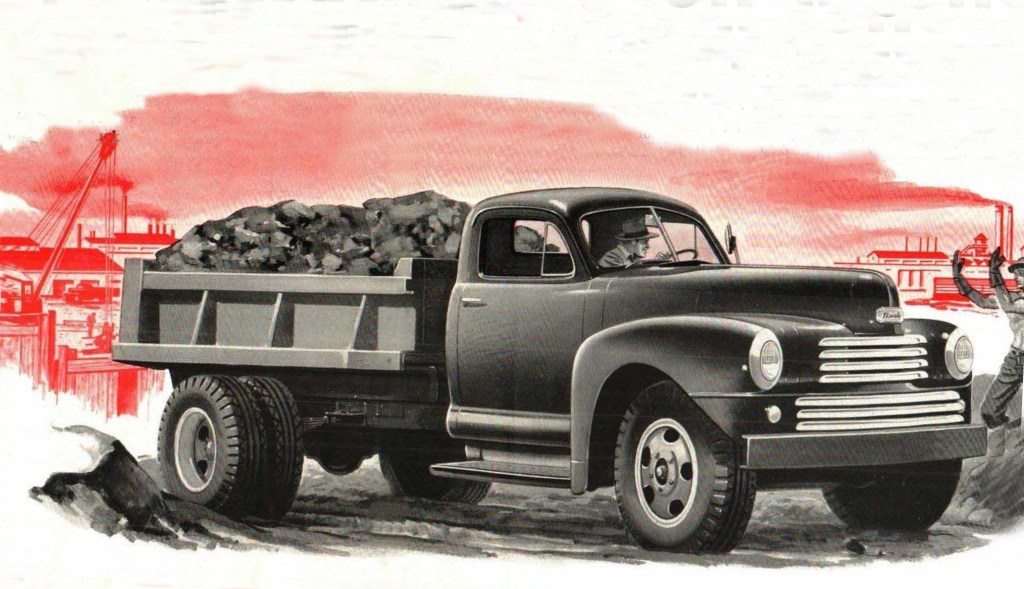
Starting in 1947 Nash began producing its “Haul Thrift” heavy-duty trucks. Dealers could order them for dealer-related needs like car hauling and tow trucks. But oddly they were not available to the general public.
Two different wheelbases were offered. The “3148” used a 133-inch wheelbase and the “3248” the longer 157-inch wheelbase. Gross vehicle weight was 14,000 lbs, increasing to 15,000 with larger tires and a two-speed rear axle.
Nash Sedans Provided The Body
The cab and fenders were from their 1946 sedans. The only unique tooling necessary was the back body panel to make it a truck cab. Grilles were simplified from what was used in Nash’s cars, and front fender openings were enlarged in a secondary stamping operation.
Interiors also picked up from the passenger car components which included an engine-turned dash panel. All truck interiors of that time were extremely spartan, including Nash’s.
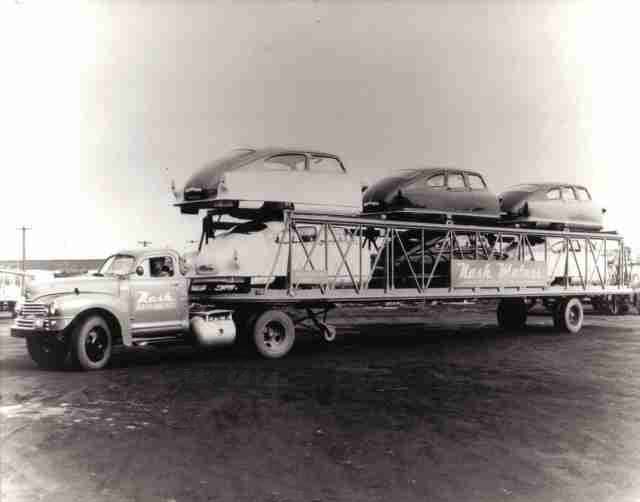
Powering the trucks was Nash’s 234.8 ci overhead-valve Ambassador straight-six engine with seven main bearings. It could grunt out 104 hp with 195 lb-ft of torque at 1,700 rpm. A four-speed or five-speed transmission was used. When equipped with the Timken two-speed Double Reduction Hypoid Shift rear axle giving eight forward speeds.
Timken-Detroit also manufactured the front and rear axles and brakes for Nash. Ross Manufacturing made the truck’s engine cam and twin lever steering and Lockheed provided the front brakes.
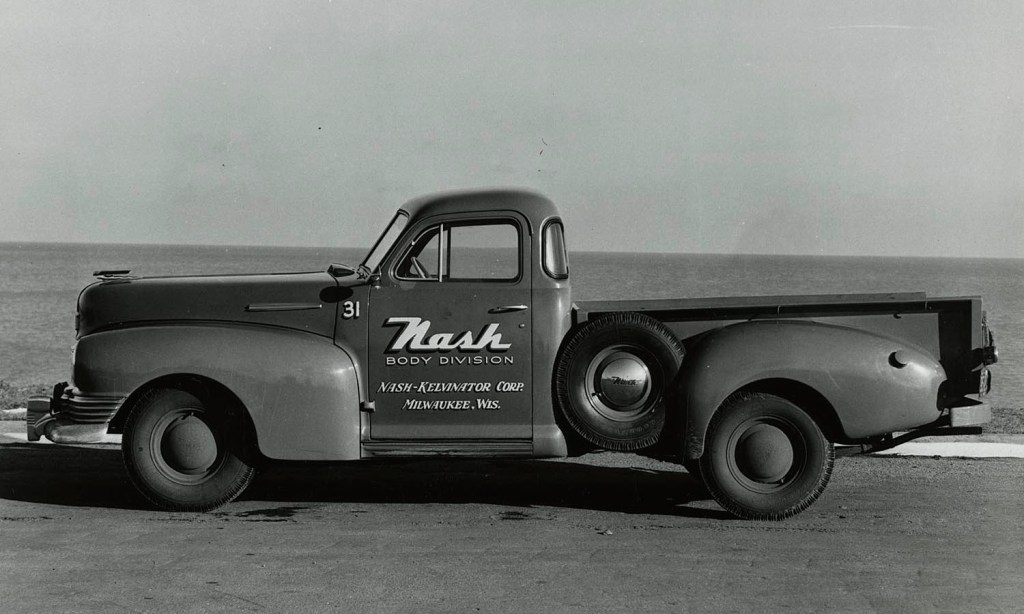
As one can see Nash developed a competitive, attractive truck that would have stood up well against the truck competition of the time. Don’t forget that besides the “big-three” Ford, Dodge, and General Motors, that Hudson and Studebaker also built trucks in this period.
5,000 Trucks Were Manufactured
In all just under 5,000 trucks were built before stopping the program not long after it became American Motors in 1954. We know that some of those trucks were exported. About 200 had tow bodies which were supplied by Ashton Equipment Company of Detroit.
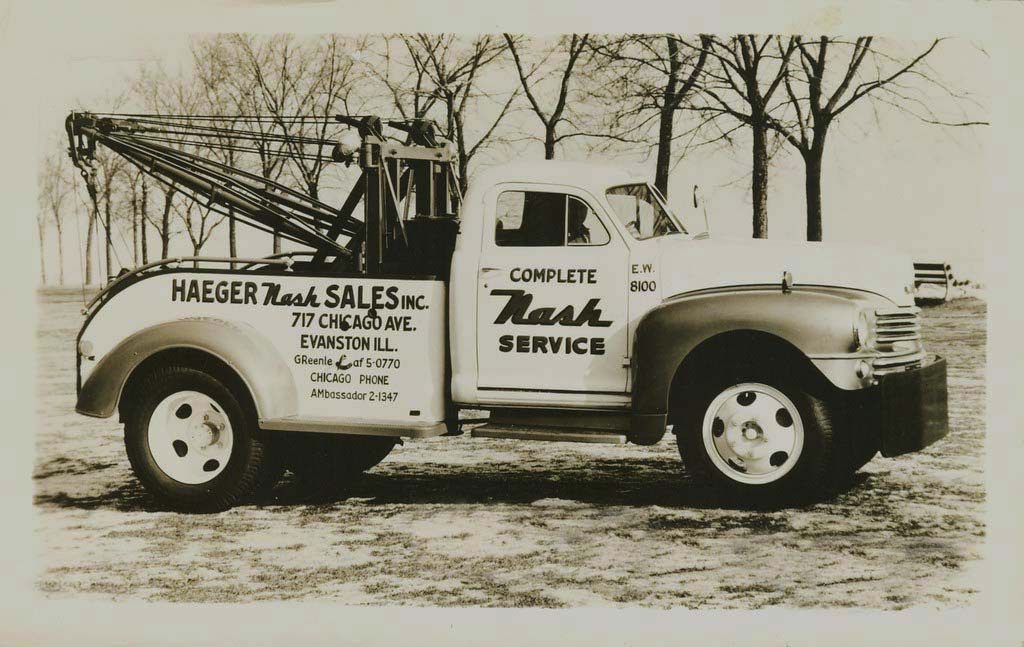
What we don’t know is why Nash kept its trucks for corporate use and dealers but didn’t try to sell them to the general public. Around 1,000 were built each year in 1948, 1951 and 1952 from records of production. Just 16 were manufactured in its final year in 1955.
As rare as they were there are examples existing today to prove to car and truck enthusiasts that Nash really did build trucks.
